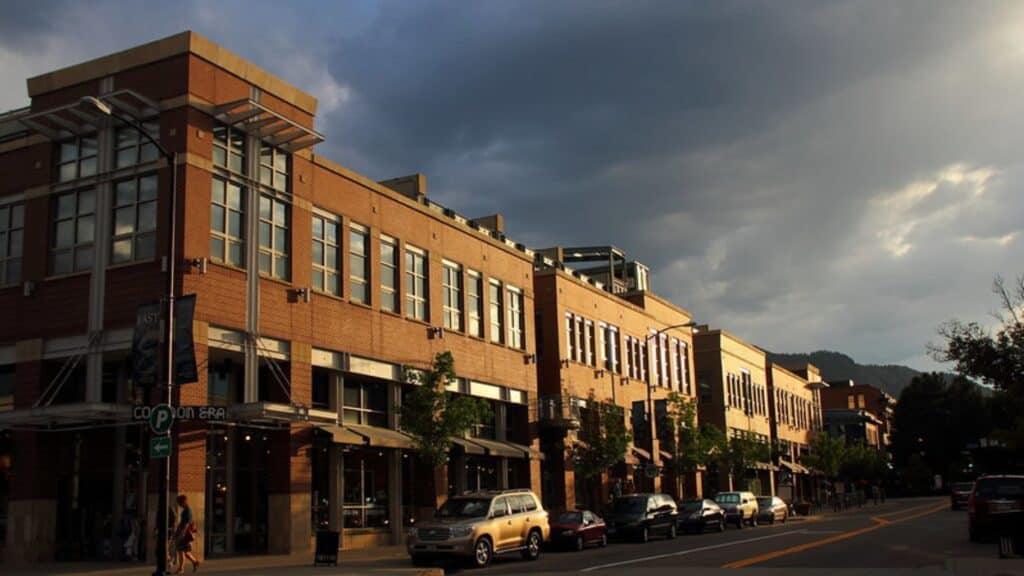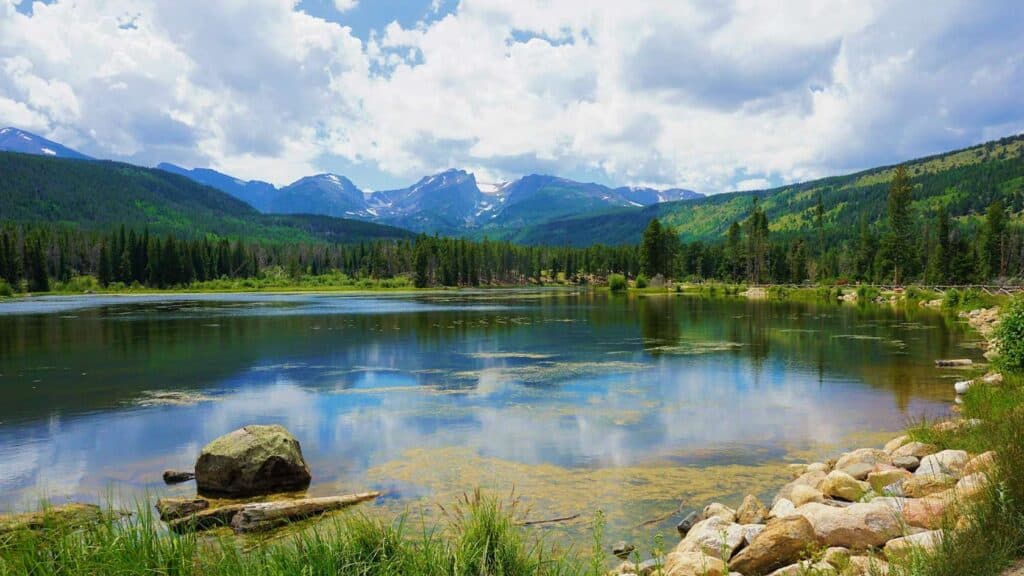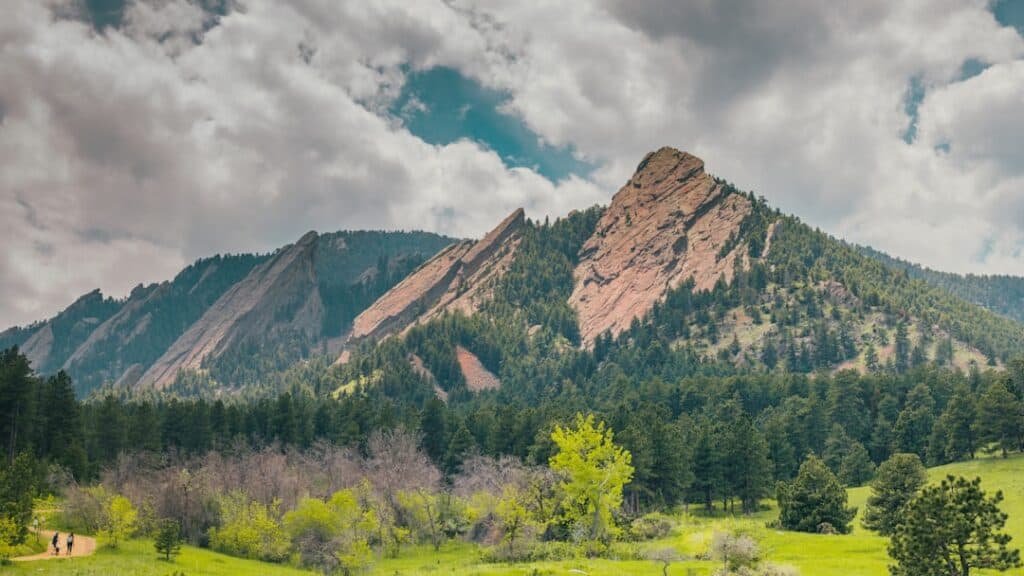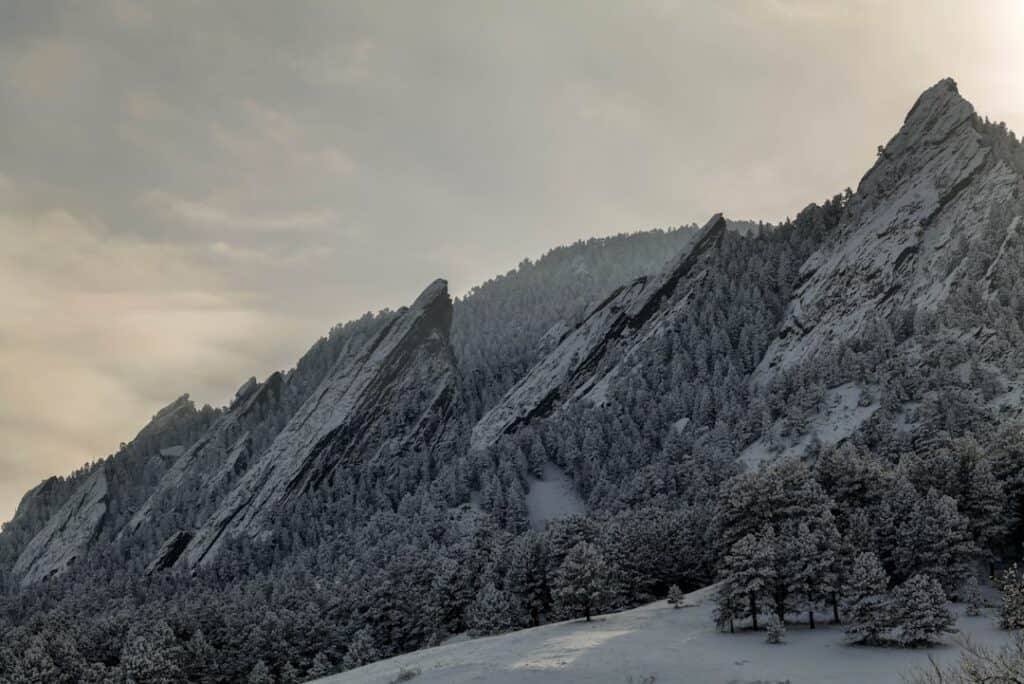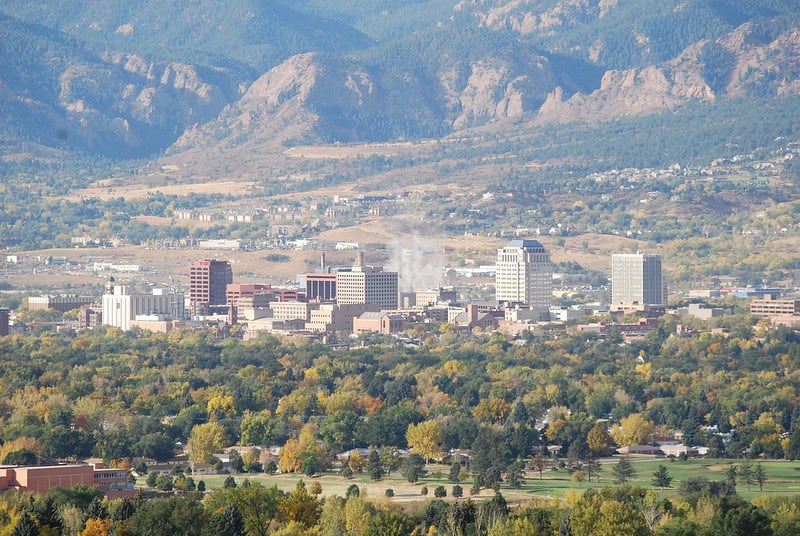Oklahoma
A gateway to the west, Oklahoma is known for many things. It is known for its red lands, plains that buffalo roam freely, and, well, oil rigs. Oklahoma is actually blessed with a lot of nature and outdoor adventures. Within Oklahoma, there are fifty-one state parks, six national parks, and two protected forests and grasslands. There are plenty of adventures to untuck here if you are up for it.
Geography
The state of Oklahoma is located in the South Central region of the United States. It is bordered by several states. Namely, Texas, Kansas, Missouri, Arkansas, New Mexico, and Colorado. Oklahoma actually lies in several intersecting regions: Great Plains, Cross Timbers, and the U.S. Interior Highlands. All of which makes the state of Oklahoma incredibly prone to severe weather. It also makes Oklahoma incredibly beautiful with mountain ranges, prairie, mesas, and forests. Its mountains are ancient and statuesque.
Oklahoma can be categorized into ten land divisions. There is the Ozark Plateau, Prairie Plains, Ouachita Mountains, Sandstone Hills Region, and Arbuckle Mountains. Then there are the Wichita Mountains, the Red River Valley Region, Red Beds Plains, the Gypsum Hills, and the High Plains. These are all ten unique ecological regions.
The state of Oklahoma has fifty-one state parks, six national parks, and two protected forests and grasslands. This should give you an idea of how great of an outdoor destination Oklahoma is.
History
The anthropological history of Oklahoma can be traced back as early as the last ice age. Oklahoma is therefore inhabited by numerous indigenous groups prior to the arrival of the Europeans. The Spanish would not arrive and begin exploring the Oklahoma region until the early 16th century. Then, the French would claim the area around the 18th century.
Unfortunately, the history of Oklahoma is violent against the Native Americans. The US federal government body would go on to remove tens and thousands of indigenous tribes during the 19th century. Oklahoma would only become a state in 1906.
Weather
In general, Oklahoma is a humid subtropical region. More specifically, however, it lies in a transition region between semi-arid and humid continental. The weather within Oklahoma is the interaction of the cold and dry air from the north from Canada and the warm, hot, and dry air from Mexico. Another one that comes into the mix is the warm and moist air from the Gulf of Mexico.
Oklahoma is actually located in the Tornado Alley. Which makes it vulnerable to a lot of severe weather as well.
Tourism
There are so many great natural attractions in Oklahoma that this part could go on and on. It will practically never end. Some of the must-sees and visits are the Wichita Mountains Wildlife Refuge, Talimena National Scenic Byway, Chickasaw National Recreation Area, Bathtub Rocks, and Turner Falls Park.
Key information about Oklahoma
📍 Area: 181,038 km2
👥 Population: 3,963,516
🏛️ Capital: Oklahoma City
🏢 Major cities: Tulsa, Norman, Edmond
🔢 Number of counties: 77
📋 Postal Abbreviation: OK
📖 Primary language/s: English, Native languages
📌 Nearby states: Kansas, Texas, New Mexico, Arkansas, Missouri, Colorao

